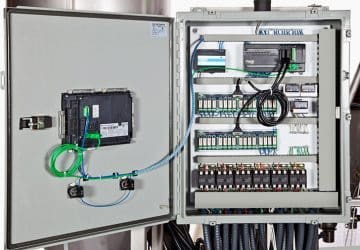Calculation of shaded-pole motor losses and efficiency at full load in 6 steps
First, let’s say few words about shaded-pole motors, and then dive into calculation procedure. A shaded pole motor is the simplest form of a single phase motor and is very low in cost. It develops a rotating field by delaying… Read more
Jan 17, 2018 | By Edvard Csanyi
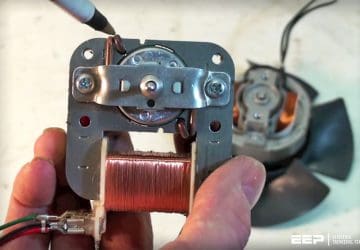
Protection Of Industrial Power Supply Systems (Fuses, MCCBs and Overcurrent Relays Settings)
As industrial operations processes and plants have become more complex and extensive, the requirement for improved reliability of electrical power supplies has also increased. The potential costs of outage time following a failure of the power supply to a plant… Read more
Jan 02, 2018 | By Edvard Csanyi

10 Common Questions You Can Expect In Electrical Engineering Examination Test
This examination will focus on testing the fundamentals of electrical engineering from low voltage to high voltage. Of course, you can use huge EEP’s resources for help in calculations and finding right answers. Ok, let’s start with questions. You can… Read more
Dec 26, 2017 | By Edvard Csanyi

Contactor As An Important Part Of The Motor Control Gear
Motor control gear and associated circuitry are fundamental parts of electrical distribution and utilisation systems. Motor control gear in its simplest form may be a direct on-line starter consisting of a switching device (contactor) and tripping device (overload relay) mounted… Read more
Dec 15, 2017 | By Edvard Csanyi
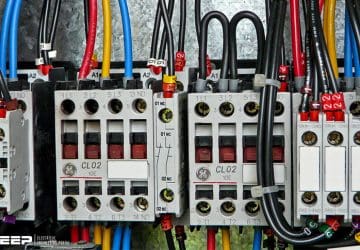
Ten different duty types (load cycle) of a three-phase asynchronous motor
The term duty defines the load cycle to which the machine is subjected, including, if applicable, starting, electric braking, no-load, and rest de-energized periods, and including their durations and sequence in time. Duty considered as a generic term, for example,… Read more
Dec 11, 2017 | By Edvard Csanyi
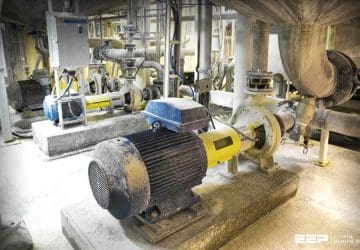
Practical Basics Of Synchronous Motors That Every Electrical Engineer Should Know
Like the asynchronous motor, the synchronous motor consists of a stator and a rotor separated by the air gap. It differs from the asynchronous motor in that the flux in the air gap is not due to a component of… Read more
Nov 08, 2017 | By Edvard Csanyi
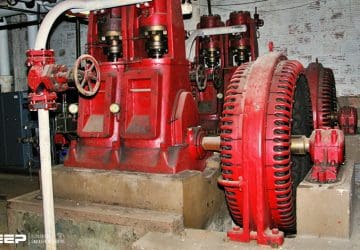
How bad harmonics influence the work of motors and generators, transformers, capacitors etc.
The distortion in the waveform in the load current of any nonlinear device causes similar changes in the voltage waveform relative to the harmonic impedance of the source network. This voltage distortion affects both the current and voltage for all… Read more
Oct 25, 2017 | By Edvard Csanyi
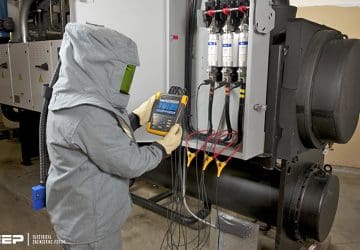
Troubleshooting three basic hardwired control circuits used in starting electric motor
Generally speaking, basic control circuits are used in starting, stopping, sequencing, and safety automatic interlocking of equipment and machines. The control circuit consists of relays, relay contacts, contactors, timers, counters, etc. Control circuits can also be configured or programed in… Read more
Oct 23, 2017 | By Edvard Csanyi

Specific capacitor installations & reactive compensation of asynchronous motors / transformers
Although in general, the calculation of the reactive power to be installed is initially carried out globally, it is advisable not to be swayed by the apparent simplicity of this process, and to look further for the optimum locations for… Read more
Aug 30, 2017 | By Edvard Csanyi

Recommended maintenance practice for electric motors and generators
Motors are inherently highly reliable, requiring little routine maintenance. This remains true for most duties but may not be so where environmental conditions are aggressive, the starting duty is onerous, or high structural vibration is present. Maintenance practice recommendations for… Read more
May 25, 2017 | By Edvard Csanyi

Selecting the suitable frequency converter and motor for these 3 applications
The motor is selected according to the basic information about the process. Speed range, torque curves, ventilation method and motor loadability give guidelines for motor selection. Often it is worth comparing different motors because the selected motor affects the size… Read more
May 24, 2017 | By Edvard Csanyi
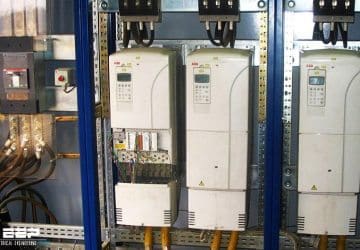
Why overmotoring an application is not such a good idea
In many instances, the practice has been to overmotor an application, i.e., to select a higher-horsepower motor than necessary. The disadvantages of this practice are: Lower efficiency Lower power factor Higher motor cost Higher controller cost Higher installation costs Let’s… Read more
Mar 13, 2017 | By Edvard Csanyi

The essentials of synchronous machines in power distribution networks
Synchronous machines can be used as generators or motors. They are of 3-phase construction, even though some special exceptions can be found. A bulk of the applications are within power ranges roughly varying from a megawatt level to several tenths… Read more
Mar 06, 2017 | By Edvard Csanyi
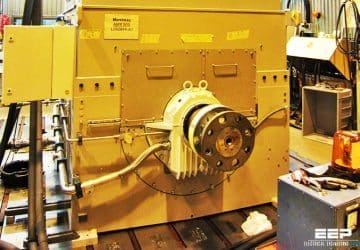
Voltage drop calculation methods with examples explained in details
What we call “voltage drop” is really just the differential in voltage between where the installation started and where the receptor was connected. The primary concern with voltage drop is that, under steady-state conditions of typical load, the voltage at the… Read more
Mar 03, 2017 | By Edvard Csanyi

Basic electrical design of a PLC panel (Wiring diagrams)
It is uncommon for engineers to build their own PLC panel designs (but not impossible of course). For example, once the electrical designs are complete, they must be built by an electrician. Therefore, it is your responsibility to effectively communicate… Read more
Feb 27, 2017 | By Edvard Csanyi
